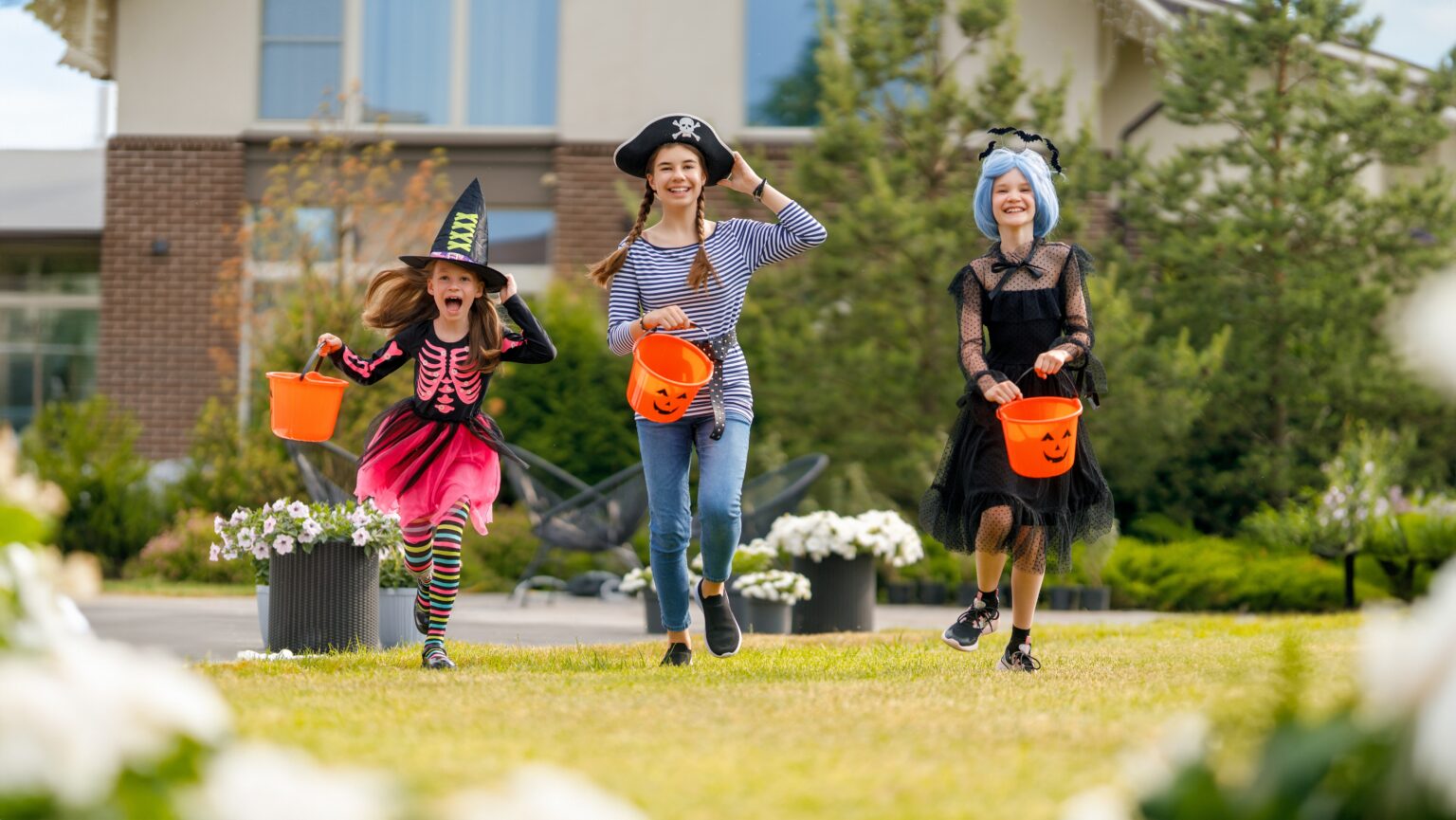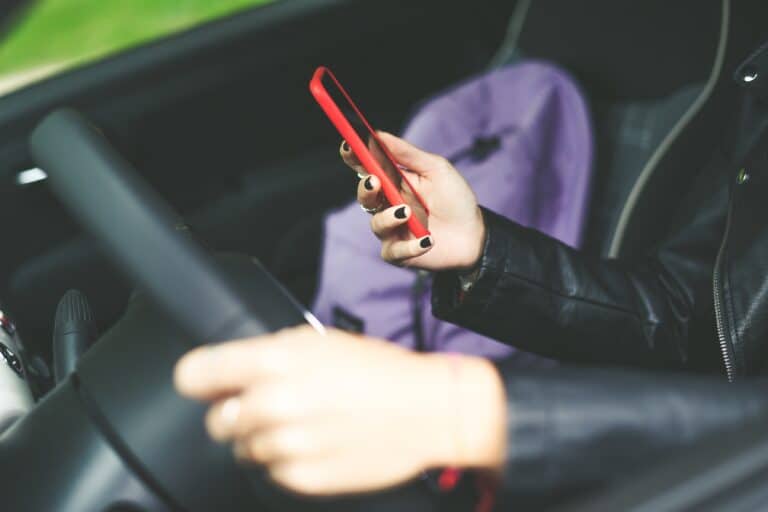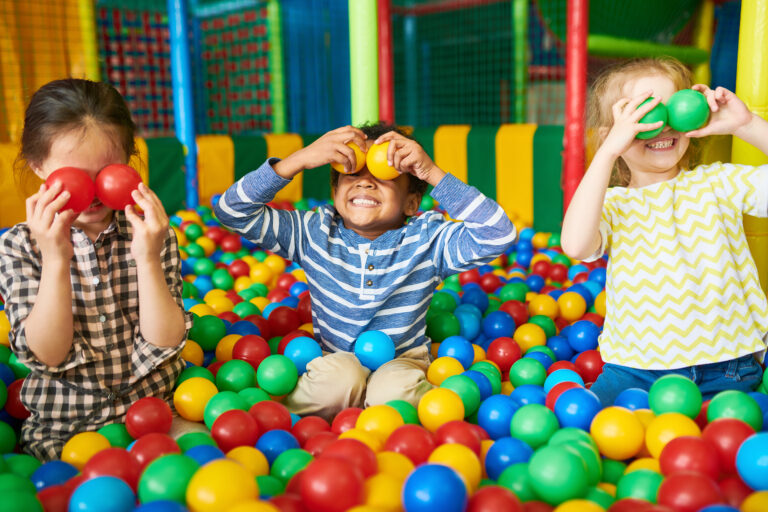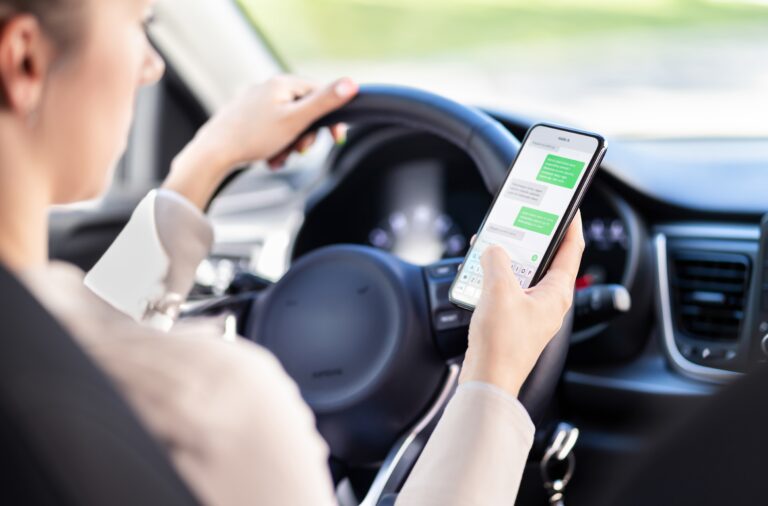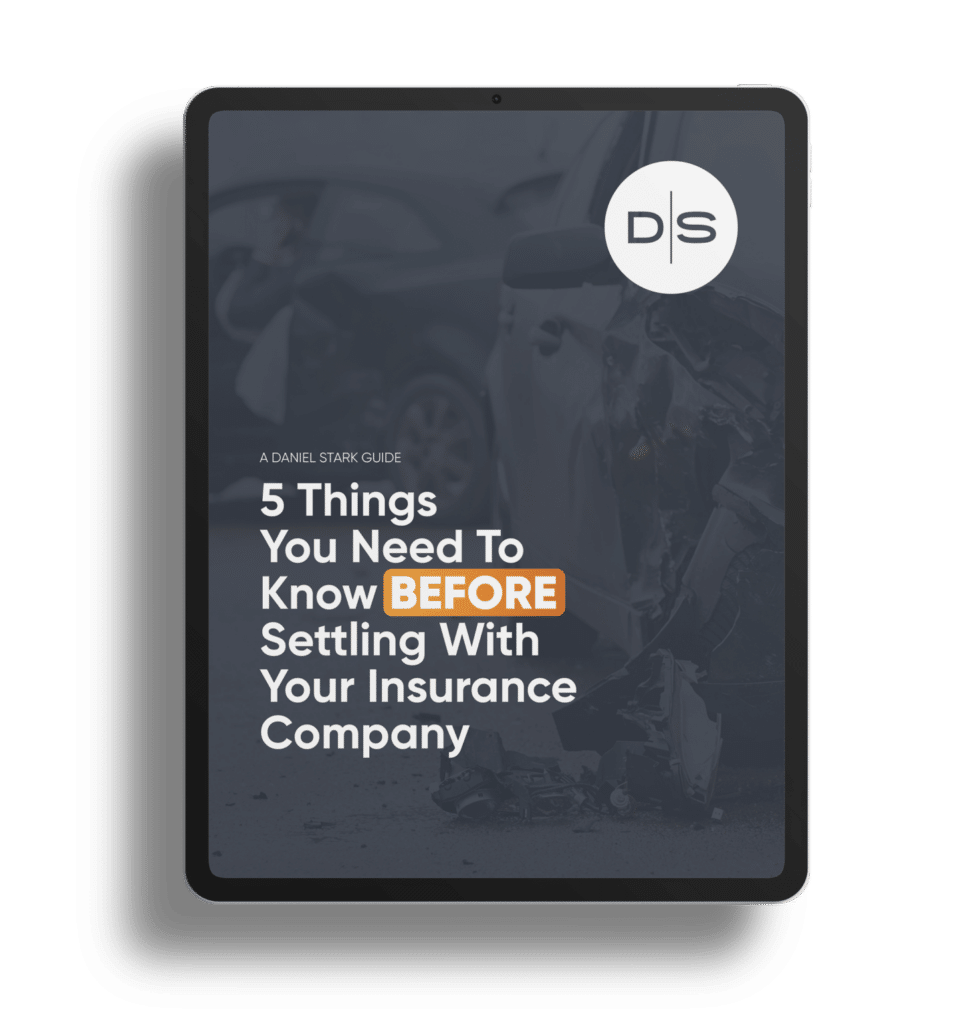Halloween is one of the best days of the year. Free candy? Yes, please!
Unfortunately, Halloween isn’t all treats and giggles. Did you know that Halloween is one of the busiest days for emergency rooms, with an average of 3,200 visits each year?
As parents, keeping our children safe on Halloween is a top priority. Here are some of the most common Halloween-related injuries and how to prevent them so your Halloween is filled with no tricks, just treats.
Auto-Pedestrian Crashes
Auto-pedestrian crashes are the leading cause of injury on Halloween. Hundreds of eager trick-or-treaters flood the streets, going door to door for candy. Through all the excitement, it’s common for children to forget proper safety etiquette when crossing the street. To keep your child safe, remind them of the importance of looking both ways before darting across the road. You should never go between parked cars to cross the street. Drivers won’t be able to see you until it’s too late.
Whether it be a wicked witch, the Grim Reaper, or Batman, children’s costumes are often dark colors, which makes them difficult to see at night. A child walking across the street dressed head to toe in black would be practically invisible to a driver. Deck your child out in glow sticks or add some reflective tape to their costume or shoes to make them more noticeable in the dark.
Halloween isn’t just a celebration for children. Many adults look forward to costume parties and spending the evening with their friends. Unfortunately, some adults will decide to drink and drive home. To prevent tragedy, always accompany your child while trick-or-treating, and keep them on the sidewalk away from the road. If you witness a reckless driver, call 911 and report the license plate number and description of the vehicle to the best of your ability. You can also report a suspected drunk driver to (800) 525-5555. This number is located on the back of your driver’s license.
Costume Mishaps
A Halloween mask is a staple for any great costume. It can transform a kid in a robe to the scariest Ghostface you’ve ever seen. Unfortunately, masks can severely hinder their peripheral vision and decrease the child’s ability to see. Painting your child’s face can be a safer alternative to wearing a mask. Be sure to use non-toxic makeup and test a small area of your child’s skin for irritants before painting their entire face. If your child will be wearing a mask, try to do a vision test before sending them off to trick-or-treat.
Pick a costume that is fitted for your child. Long, baggy, or heavy costumes increase the risk of injury. A costume that is too long can be a tripping hazard. Baggy clothing or costumes with hanging pieces, like a mummy, can get caught on objects in their path, causing them to be choked or pulled to the ground. Test your child’s mobility in their costume. They should be able to run and move freely for the safest trick-or-treating experience.
Ditch the long or sharp accessories! We know the coolest pirates carry swords, and the vampire slayer carries a wooden stake, but these objects can cause more harm to your child than their fictitious enemies. If your child trips while walking through the grass or takes a tumble darting to the next house, these objects can be lodged into your child’s skin, eyes, or mouth. To be on the safe side, leave these accessories at home.
Dangerous Decorations
Part of the fun on Halloween is transforming your yard into a spooky candy paradise, but be cautious of where you place those decorations! You should never place jack-o-lanterns or open flames on your porch or in the path of trick-or-treaters. Not only do you run the risk of having these knocked over, but a child in a cape could quickly catch fire.
Keep decorations along your walkway at a safe distance, and avoid using sharp decor in high-traffic areas. If a child were to trip and fall, these objects could cause serious harm. Try to keep electrical cords and anchors out of the walkway. If you can’t avoid running an extension cord along the pathway, secure these with outdoor tape or cord covers to keep trick-or-treaters from getting tangled up and falling.
